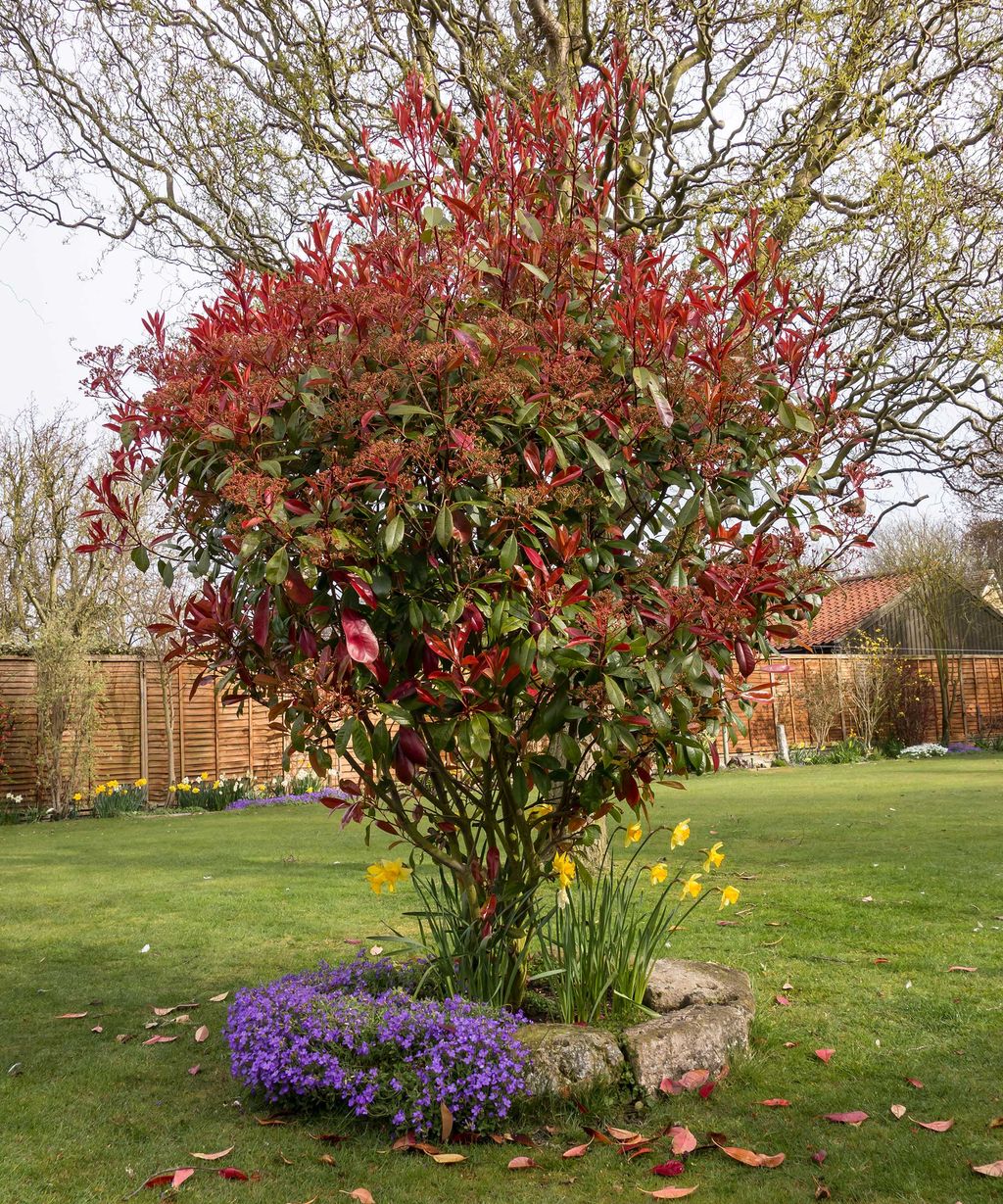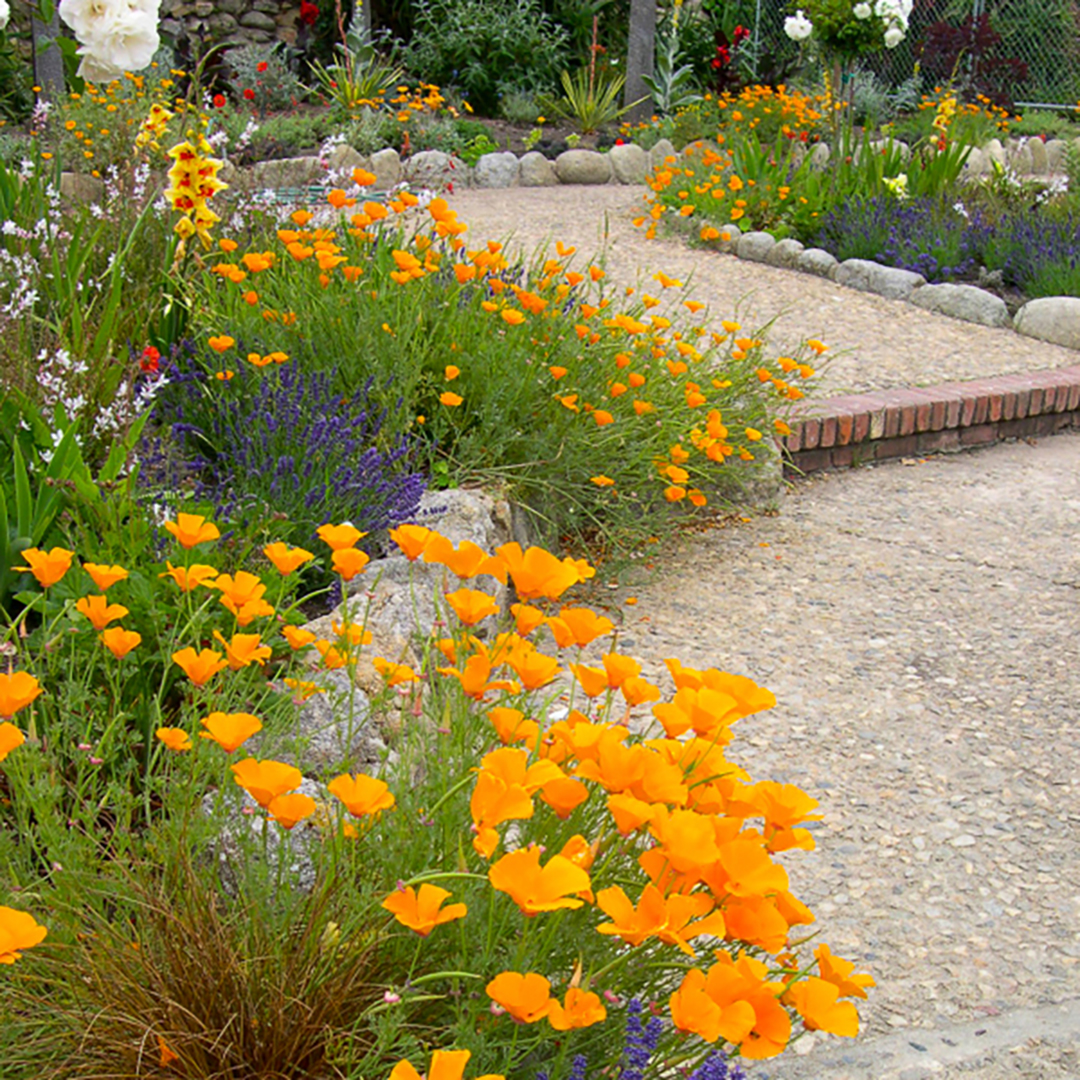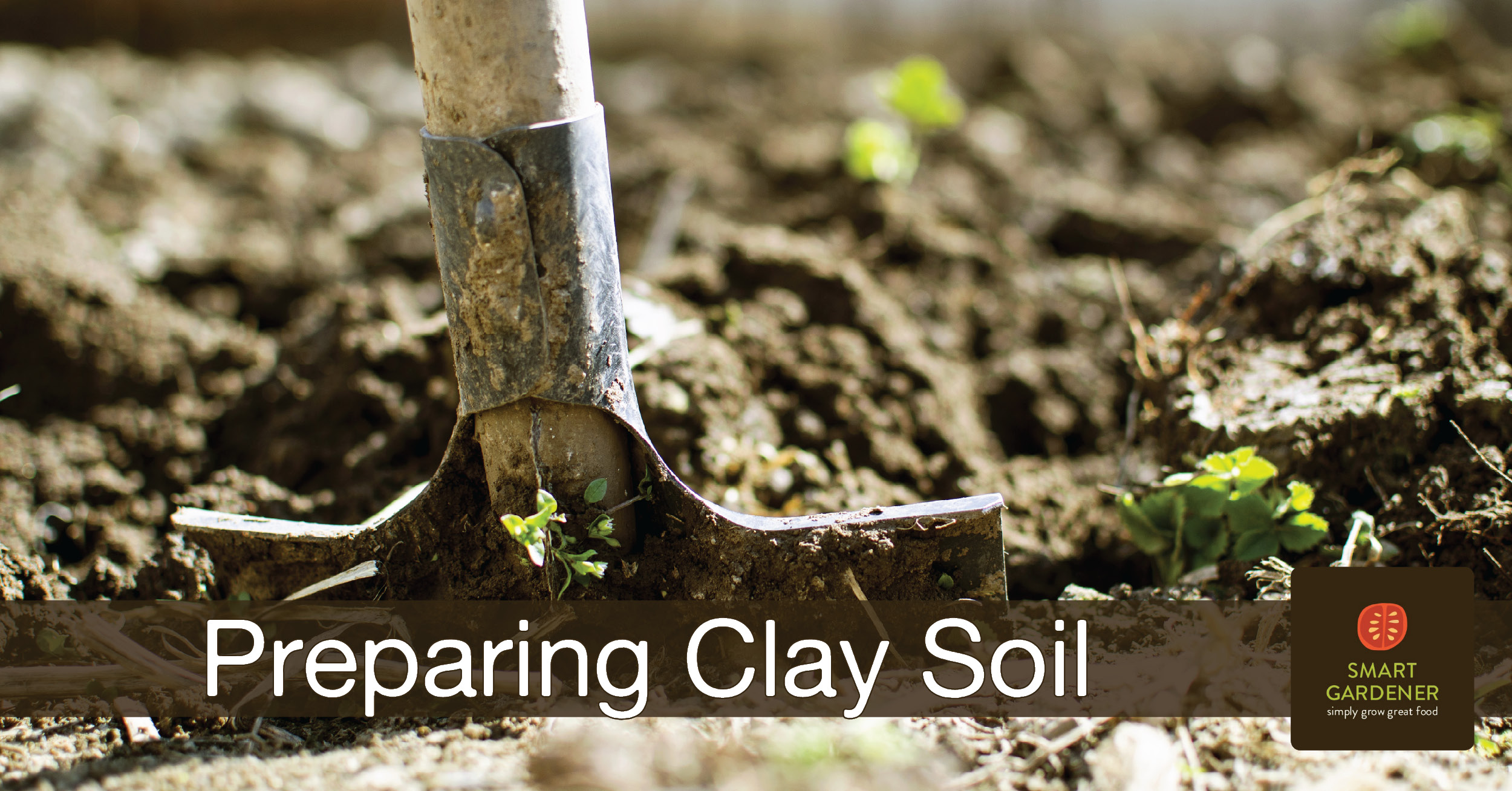Why Clay Soil Can Be a Challenge for Tree Growth
Clay soil, a common type of soil found in many gardens, can be a significant obstacle for tree growth. Characterized by its dense, heavy, and poorly draining properties, clay soil can lead to waterlogging, poor drainage, and nutrient deficiencies, making it challenging for trees to thrive.
The unique composition of clay soil, which is often rich in nutrients but lacking in oxygen, can cause roots to rot, and trees to become stressed and vulnerable to disease. Additionally, the dense nature of clay soil can make it difficult for roots to penetrate, limiting the tree’s ability to absorb essential nutrients and water.
When it comes to growing small trees for clay soil, it’s essential to understand the specific challenges associated with this soil type. By recognizing the limitations of clay soil and selecting tree species that are well-suited to these conditions, gardeners can create a beautiful and functional garden that thrives despite the challenges.
How to Select the Perfect Small Tree for Your Clay Soil Garden
When it comes to selecting the perfect small trees for clay soil, there are several key factors to consider. By understanding the specific needs of your clay soil garden, you can choose tree species that will thrive in these conditions, providing beauty, shade, and functionality to your outdoor space.
One of the most critical considerations is soil pH. Clay soil can be highly alkaline, which can be challenging for trees that prefer acidic or neutral soil conditions. Look for tree species that are tolerant of high pH levels, such as the Redbud or Dogwood.
Moisture levels are another essential factor to consider. Clay soil can be prone to waterlogging, which can be detrimental to tree health. Trees that are tolerant of wet conditions, such as the Swamp White Oak or the Pin Oak, are ideal for clay soil gardens.
Sunlight requirements are also crucial. While some trees prefer full sun, others thrive in partial shade. Consider the amount of sunlight your clay soil garden receives and choose tree species that are suitable for these conditions.
By considering these factors, you can select the perfect small trees for clay soil that will thrive in your garden, providing beauty, functionality, and environmental benefits for years to come.
Top Small Tree Varieties for Clay Soil: Drought-Tolerant and Resilient Options
When it comes to selecting the perfect small trees for clay soil, there are several varieties that stand out for their drought tolerance, resilience, and adaptability to these challenging conditions. Here are some top picks:
The Redbud (Cercis canadensis) is a stunning small tree that thrives in clay soil. With its vibrant pink flowers and heart-shaped leaves, it adds a pop of color and beauty to any garden. Plus, it’s relatively low maintenance and can tolerate a range of moisture levels.
The Dogwood (Cornus florida) is another excellent choice for clay soil gardens. This small tree is known for its showy white or pink flowers and attractive fall foliage. It’s also relatively drought-tolerant and can handle a range of soil pH levels.
The Crabapple (Malus spp.) is a versatile small tree that comes in a range of varieties, many of which are well-suited to clay soil. With its beautiful flowers, attractive foliage, and delicious fruit, it’s a great choice for gardeners looking to add functionality and beauty to their outdoor space.
Other top small tree varieties for clay soil include the Swamp White Oak (Quercus bicolor), the Pin Oak (Quercus palustris), and the River Birch (Betula nana). Each of these trees has its unique features and benefits, but they all share a common trait: they’re highly adaptable to clay soil conditions.
By choosing one of these top small tree varieties, you can create a beautiful and functional garden that thrives in clay soil, providing shade, shelter, and aesthetic appeal for years to come.
Planting and Care Tips for Small Trees in Clay Soil
Once you’ve selected the perfect small trees for clay soil, it’s essential to plant and care for them properly to ensure they thrive in these challenging conditions. Here are some practical tips to get you started:
Soil Preparation: Before planting, prepare the soil by loosening it to a depth of 12-18 inches. Add organic matter such as compost or well-rotted manure to improve drainage and fertility. Mix in a 2-inch layer of mulch to help retain moisture and suppress weeds.
Watering: Water your small trees regularly, especially during the first year after planting. However, be cautious not to overwater, as clay soil can be prone to waterlogging. Check the soil moisture by inserting your finger into the soil up to the knuckle. If the soil feels dry, it’s time to water.
Fertilization: Feed your small trees with a balanced fertilizer in early spring, following the manufacturer’s instructions. Avoid overfertilizing, as this can damage the tree’s roots and exacerbate nutrient deficiencies.
Pruning: Prune your small trees annually to maintain their shape, promote healthy growth, and remove any dead or diseased branches. Prune in late winter or early spring, before new growth begins.
Support: Provide support for your small trees, especially in areas with strong winds or heavy snowfall. Use stakes or trellises to help the tree develop a strong root system and prevent damage.
By following these planting and care tips, you can help your small trees for clay soil thrive and enjoy a beautiful and functional garden for years to come.
Designing a Beautiful and Functional Clay Soil Garden with Small Trees
When it comes to designing a stunning and functional garden featuring small trees for clay soil, there are several key considerations to keep in mind. By incorporating these design elements, you can create a beautiful and thriving outdoor space that showcases the unique benefits of small trees in clay soil.
Companion Planting: Choose companion plants that thrive in clay soil and complement the small trees. Consider plants like hostas, daylilies, and coneflowers, which add color, texture, and interest to the garden. These plants also help to improve soil health and reduce maintenance.
Hardscaping: Incorporate hardscaping elements like patios, walkways, and retaining walls to create a functional and visually appealing garden. Use materials like brick, stone, or wood that complement the natural beauty of the small trees and clay soil.
Layered Planting: Create a layered planting design by incorporating small trees, shrubs, and perennials. This design approach adds depth, texture, and visual interest to the garden, while also providing habitat for wildlife and improving soil health.
Water Features: Consider incorporating water features like ponds, fountains, or birdbaths to add visual interest and create a sense of tranquility in the garden. These features also help to attract wildlife and improve the overall aesthetic appeal of the garden.
By incorporating these design elements, you can create a beautiful and functional garden featuring small trees for clay soil that provides a peaceful retreat and enhances the overall aesthetic appeal of your outdoor space.
Common Mistakes to Avoid When Planting Small Trees in Clay Soil
When planting small trees for clay soil, it’s essential to avoid common mistakes that can hinder their growth and survival. By being aware of these mistakes, you can take steps to prevent them and ensure your small trees thrive in clay soil.
Overwatering: One of the most common mistakes is overwatering, which can lead to waterlogged soil and root rot. Check the soil moisture regularly, and avoid watering during periods of heavy rainfall.
Under-Preparing the Soil: Failing to prepare the soil properly can lead to poor drainage and nutrient deficiencies. Make sure to loosen the soil to a depth of 12-18 inches, and add organic matter like compost or well-rotted manure to improve soil structure and fertility.
Failing to Provide Adequate Support: Small trees in clay soil may require additional support to prevent wind damage or soil heaving. Use stakes or trellises to provide stability and promote healthy growth.
Ignoring Soil pH: Clay soil can have a high pH, which can affect the availability of nutrients for small trees. Choose small tree varieties that are tolerant of high pH levels, or take steps to adjust the soil pH through the use of acidic fertilizers or amendments.
Inadequate Pruning: Failing to prune small trees regularly can lead to disease and pest issues, as well as reduce their aesthetic appeal. Prune small trees annually to maintain their shape, promote healthy growth, and remove any dead or diseased branches.
By avoiding these common mistakes, you can ensure your small trees for clay soil receive the care they need to thrive in these challenging conditions.
The Benefits of Small Trees in Clay Soil: Environmental and Aesthetic Advantages
Planting small trees for clay soil can have numerous benefits for both the environment and the aesthetic appeal of your garden. By choosing the right small tree varieties and providing proper care, you can create a thriving and beautiful clay soil garden that provides a range of advantages.
Improving Soil Health: Small trees in clay soil can help to improve soil health by increasing the organic matter content, reducing soil compaction, and promoting beneficial microbial activity. This can lead to a more balanced and fertile soil ecosystem.
Providing Shade and Shelter: Small trees in clay soil can provide shade and shelter for wildlife, reducing the need for artificial habitats and creating a more biodiverse ecosystem. They can also provide shade for humans, reducing the need for artificial cooling methods and creating a more comfortable outdoor space.
Enhancing Aesthetic Appeal: Small trees in clay soil can add beauty and interest to your garden, providing a range of colors, textures, and shapes. They can also be used to create a sense of structure and design, framing views and creating focal points.
Supporting Local Ecosystems: By planting native small tree species in clay soil, you can support local ecosystems and promote biodiversity. This can help to maintain the delicate balance of the ecosystem and support the local wildlife.
Reducing Stormwater Runoff: Small trees in clay soil can help to reduce stormwater runoff by absorbing rainfall and reducing the amount of water that enters the drainage system. This can help to reduce the risk of flooding and erosion.
By understanding the benefits of planting small trees for clay soil, you can create a thriving and beautiful garden that provides a range of environmental and aesthetic advantages.
Conclusion: Finding the Perfect Small Tree for Your Clay Soil Garden
In conclusion, planting small trees for clay soil requires careful consideration and attention to detail. By understanding the characteristics of clay soil and its limitations, selecting the right small tree varieties, and providing proper care and design, you can create a thriving and beautiful garden that provides a range of benefits.
Remember to avoid common mistakes, such as overwatering and under-preparing the soil, and instead focus on creating a well-draining and fertile soil ecosystem. With the right small tree species, you can improve soil health, provide shade and shelter, and enhance the aesthetic appeal of your garden.
By following the tips and considerations outlined in this article, you can find the perfect small trees for clay soil to suit your needs and create a stunning and functional garden. Whether you’re a seasoned gardener or just starting out, with the right knowledge and approach, you can thrive in challenging clay soil conditions and enjoy the many benefits that small trees have to offer.








